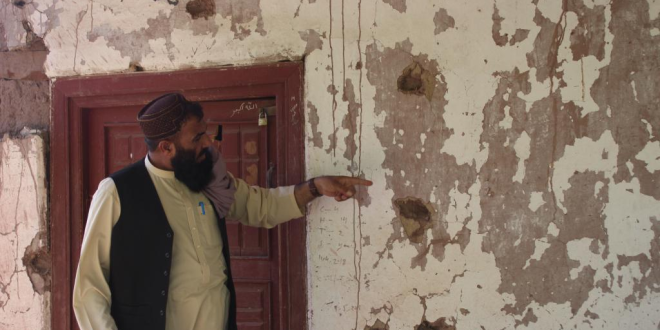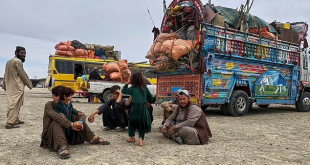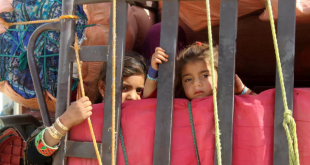AT News
KABUL – Two years after the U.S.-led coalition forces withdrew from Afghanistan, the nation continues to grapple with the devastating aftermath of war and U.S. sanctions. The hasty exit of the United States, marked by disregard for responsibilities and obligations, has left a trail of turmoil including a deepening humanitarian crisis, economic struggles, and ongoing terrorist attacks.
Despite the departure of U.S. troops in August 2021, the specter of the U.S. presence still haunts Afghanistan’s economy. Analysts assert that the U.S. invasion and prolonged occupation have led to an economic “black hole,” draining vast amounts of wealth that remain unaccounted for. A recent report by the United Nations Strategic Framework for Afghanistan reveals a staggering 30 percent contraction in the economy between 2020 and 2022. Shockingly, 90 percent of the population is living in poverty, and 24.4 million Afghans require urgent humanitarian assistance.
The agricultural sector, a crucial pillar of Afghanistan’s economy, has borne the brunt of the devastation. Once-fertile lands lie fallow due to the presence of unexploded ordnance, including dangerous cluster bomb remnants left behind by the departing U.S. troops. This lethal legacy has rendered large tracts of land unusable, leaving the country’s economy at the mercy of this grim inheritance.
The Biden administration’s assertions that the U.S. did not aim to “nation-build” in Afghanistan seem to contrast with the deepening crisis. The decision to freeze approximately $7 billion worth of Afghanistan’s central bank assets has further exacerbated the dire situation. Notably, Afghans who collaborated with the U.S. military during their occupation now find themselves in a state of heightened uncertainty. Promised a place in the United States, these individuals face a disillusioning reality as the U.S. withdrawal unfolds chaotically, leaving them with little hope for their future.
Moreover, Unexploded ordnance (UXO) left behind by U.S. troops poses an ongoing threat to Afghan lives, with particularly devastating consequences for children. Reports from the “Costs of War” project at Brown University highlight the toll these UXOs have taken, resulting in tens of thousands of casualties, especially among children engaging in routine activities.
Children are identified as the most vulnerable victims of these UXOs, with a tragic report by the International Committee of the Red Cross revealing that 640 children were killed or injured between January 2022 and June 2023 in UXO-related incidents. Tragically, this constitutes nearly 60 percent of all civilian casualties attributed to such explosions.
 Afghanistan Times
Afghanistan Times




